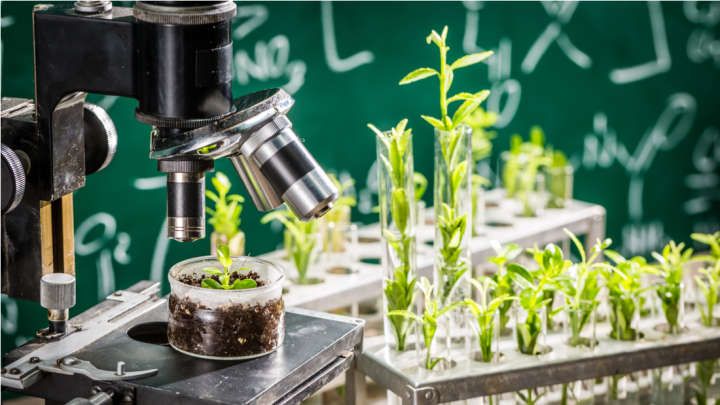http://www.ivoox.com/programa-4x8-inmortalidad-gran-desafio-…454_1.html







If any organization embodies our idea of the classic mad inventors, just running amock with crazy ideas, it’s DARPA jumping dog robot? Sure. Self-guiding bullets? What can go wrong? Vertical take-off plane? Well, why not? Bioengineered spy plants? Wait, what?
Yes, the Defense Advanced Research Projects Agency – DARPA – the part of the US Department of Defense responsible for developing technologies to be used by the military, is planning to bioengineer plants for intelligence gathering.
DARPA says its new program “envisions plants as discreet, self-sustaining sensors capable of reporting via remotely monitored, programmed responses to environmental stimuli.” Because that doesn’t sound terrifying at all. Somewhere between 1984’s foliage microphones and the classic “bug” in a pot plant.